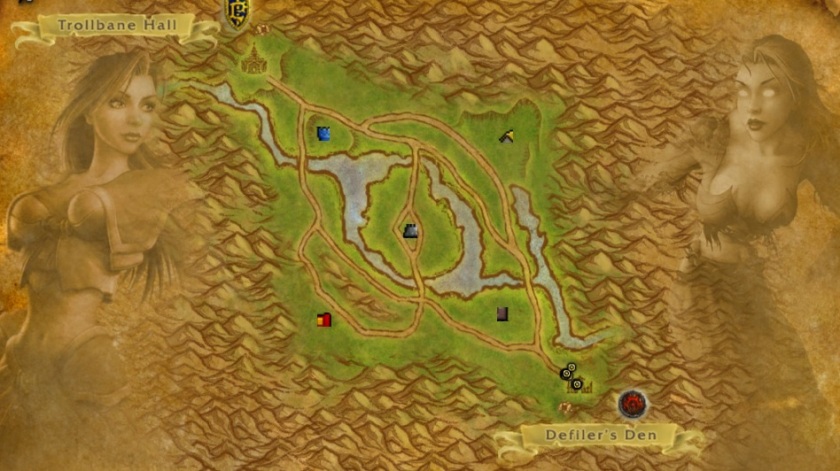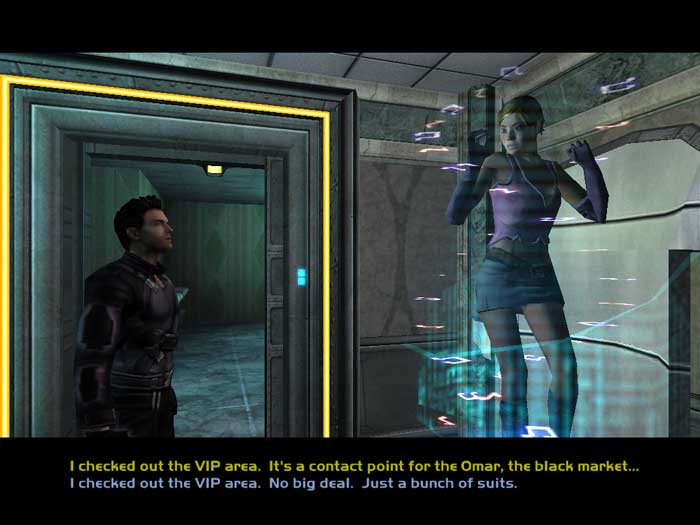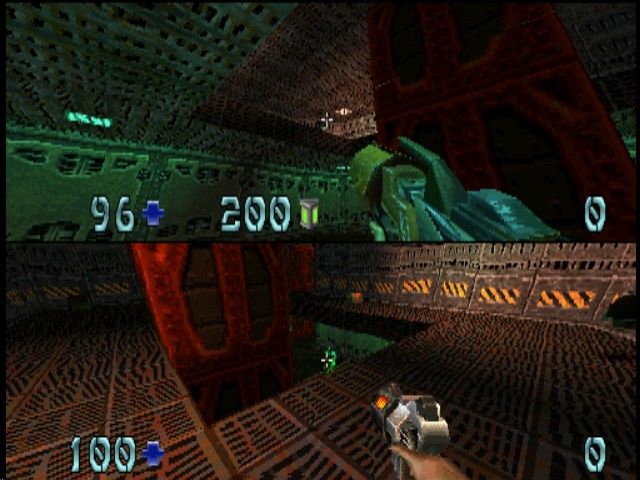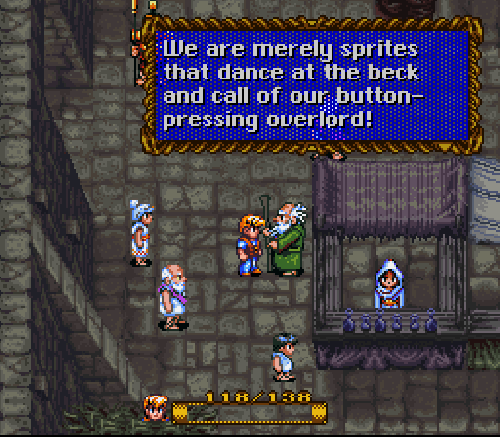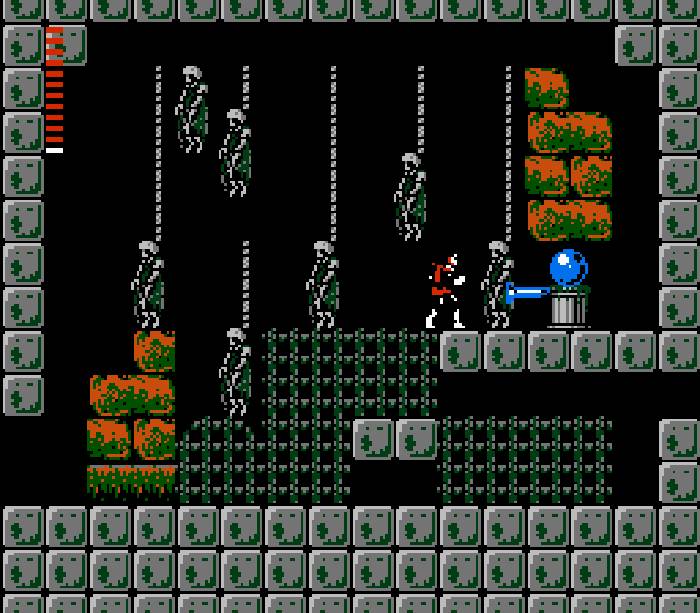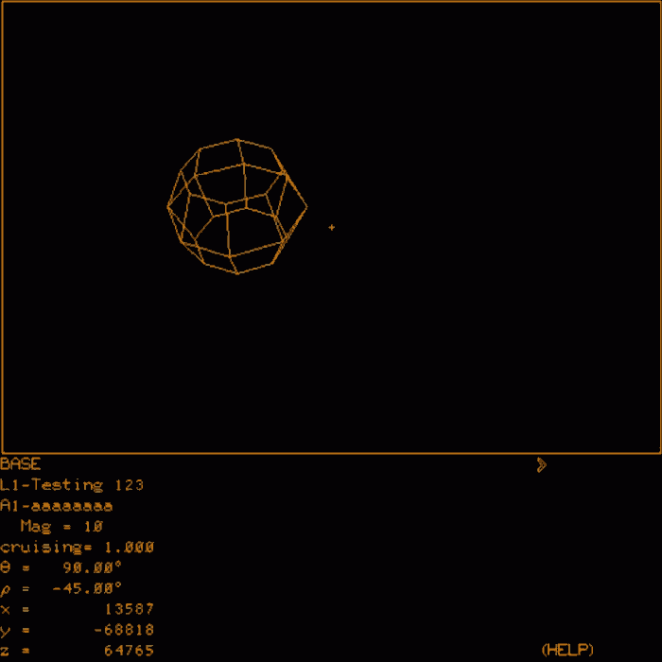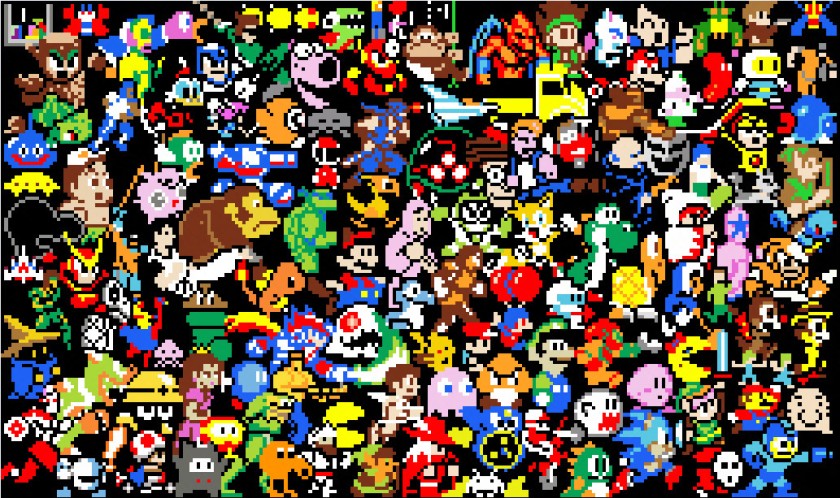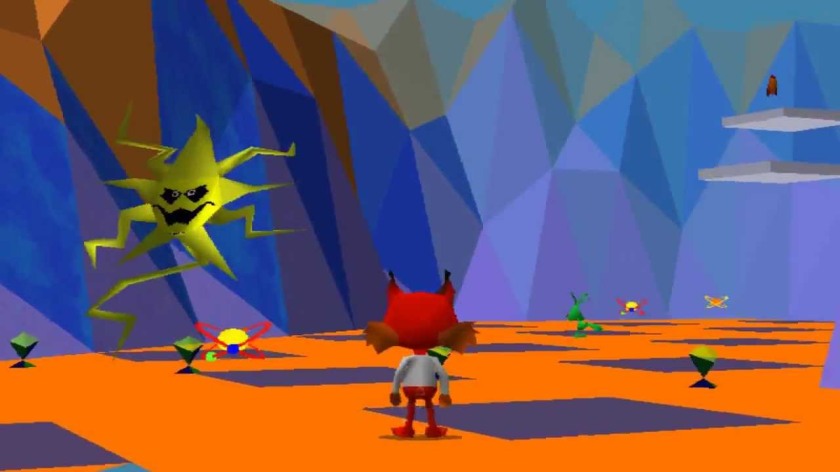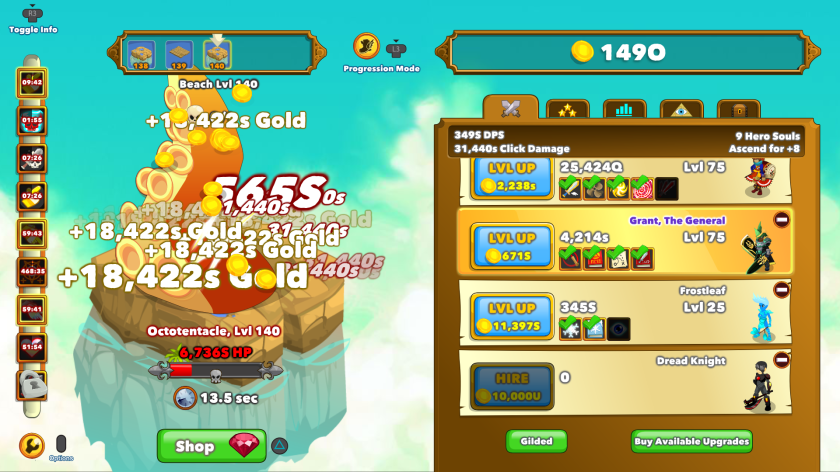
The ‘clicker’ games aren’t even ‘real’ games to many. Even to me. And yet, I feel like Clicker Heroes was on to something very real. We have to admit that the game is tremendously popular. Can you name a game with so many players yet so little development costs? You cannot deny that people are spending time on it. And you can’t say it’s because of its graphics or theme. Okay, it’s obviously popular because it drip-feeds you numbers. Every game does that more or less, whether it’s high scores gotten, experience points gained, levels achieved, or cards collected, there’s almost always a number somewhere continuously growing. This program is obviously more of a game than Progress Quest. It’s more of a game than Cookie Clicker and Cow Clicker. Maybe it’s more of a game than Diablo or even Civilization. Could this gaming at its core?
The Sid Meier truism (whether he actually said it or not) is that games are made out of interesting choices. Clicker Heroes seems to understand this. The first one is found in most games of the same genre: do you invest in active clicking or passive waiting? How about a mixture? That’s really the only choice the player has the first round through, and it’s not a compelling one. But after ‘starting over’, the player gets a new currency to spend on so-called ‘ancients’, which boost certain stats. Ah, now we have some real customization. Even though it’s the ‘clicker’ genre, there’s a lot of ways to tackle the game’s challenges. clicking -or- passive I already mentioned. But there’s also: frequent starting over -or- deep runs. A higher average or gaming your luck on chests? An army of stronger heroes -or- one extremely strong one? There are even more parameters, and none of them are binary.
What’s so great about making choices in computer games? I would argue that it’s a form of expressing oneself. The way I grind through Clicker Heroes is different to everybody else. Every choice I make is deeply my own, all the more because it takes years to get through all its enemies. With the game on my phone, the way I play has a lot to do with how I plan to spend my very own time. Sometimes it’s the other way around: how much of my time in reality will be dedicated to maximizing my virtual quest?
The scary thing is, Clicker Heroes is very real. When I played it daily, it was on my mind multiple times a day. It was rather intrusive. I’m actually glad I stopped. I had seen enough. I tried plenty of different ways of expressing myself within the game’s rules. And I’m not sorry I did. It was a wonderful time while it lasted. Most games feel like phantoms to me, playthings I picked up, experimented with, and eventually got bored with. I can’t pinpoint when and where I was busy with them because they were so inconsequential. But ask me about 2014-2015. I remember some of the classes I taught, my girlfriend, maybe a couple of new friends, my trip to Palestine and Turkey. I don’t remember how I spent Christmas, not sure if I followed the NBA that year, couldn’t tell you which books I read, nor the other games I played. But I do have many vivid, exciting memories of triumphs in clicking away. So trivial yet so monumental.
